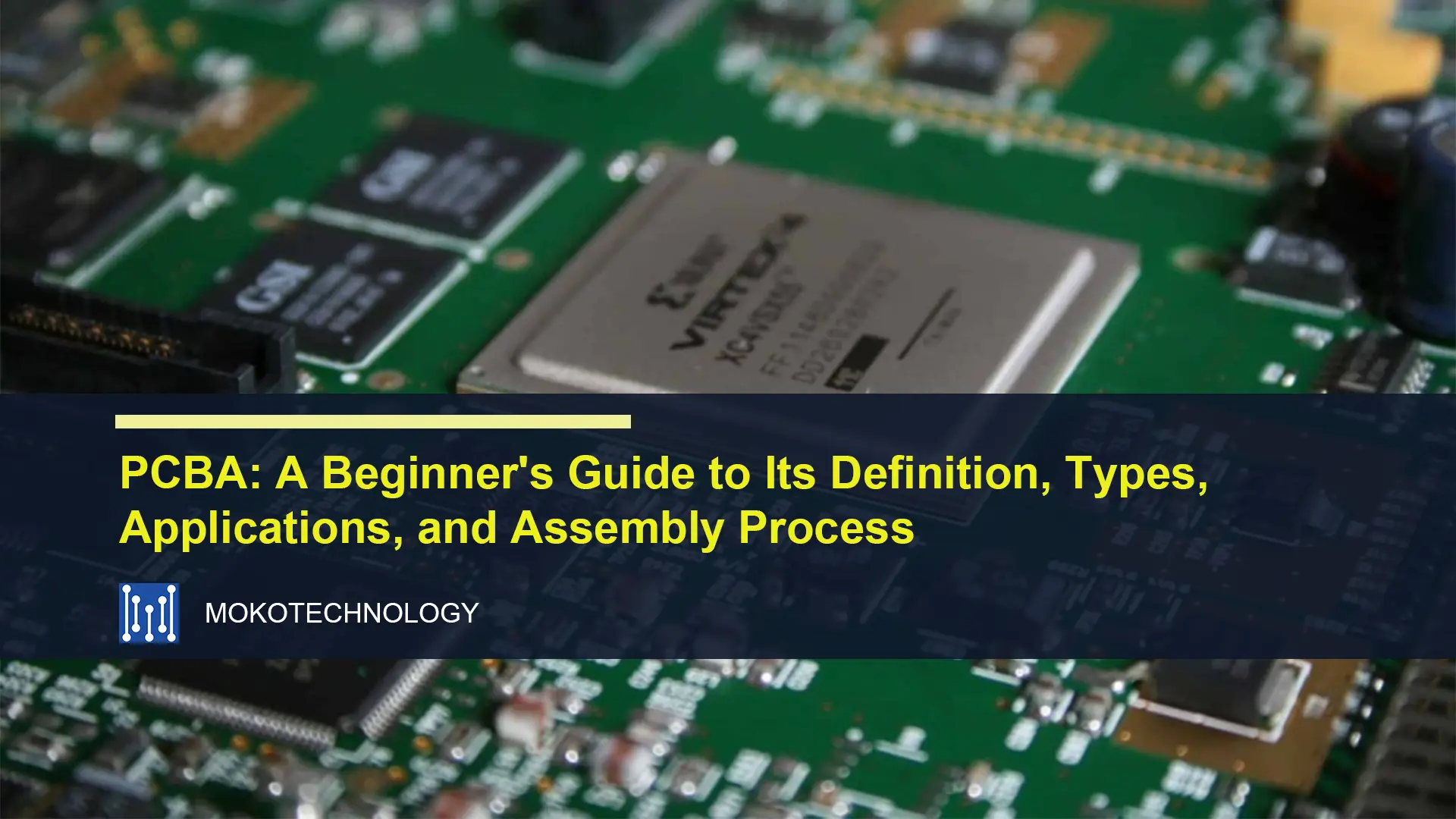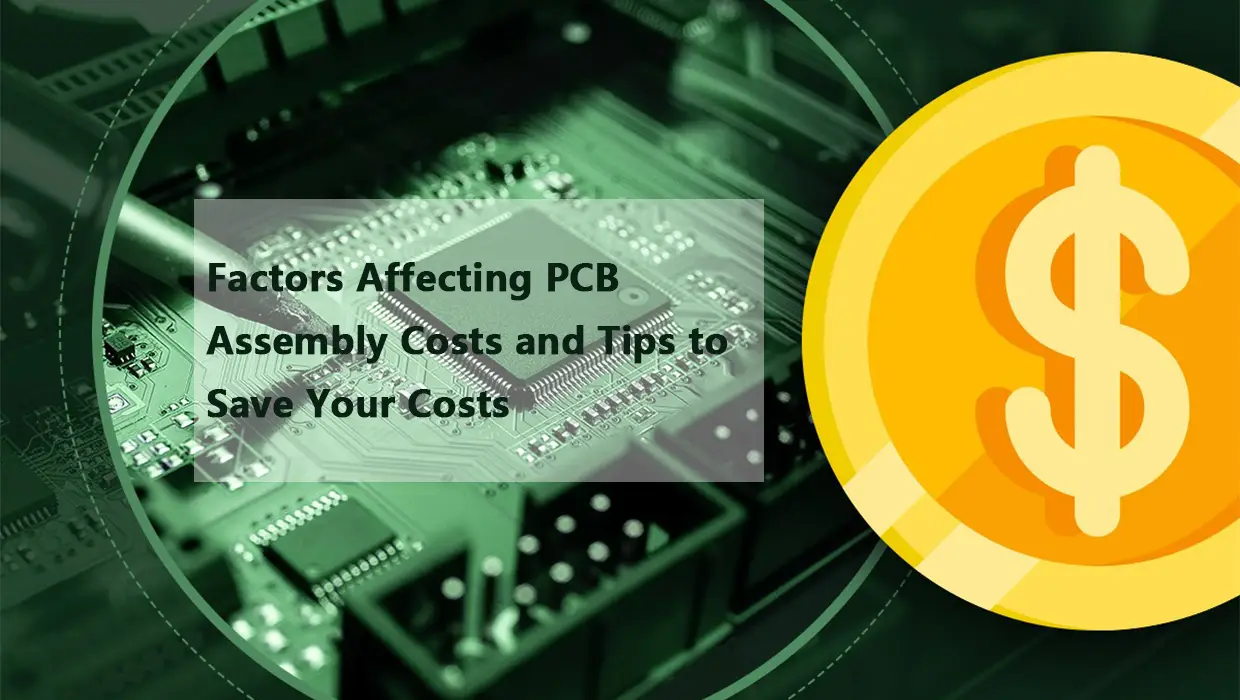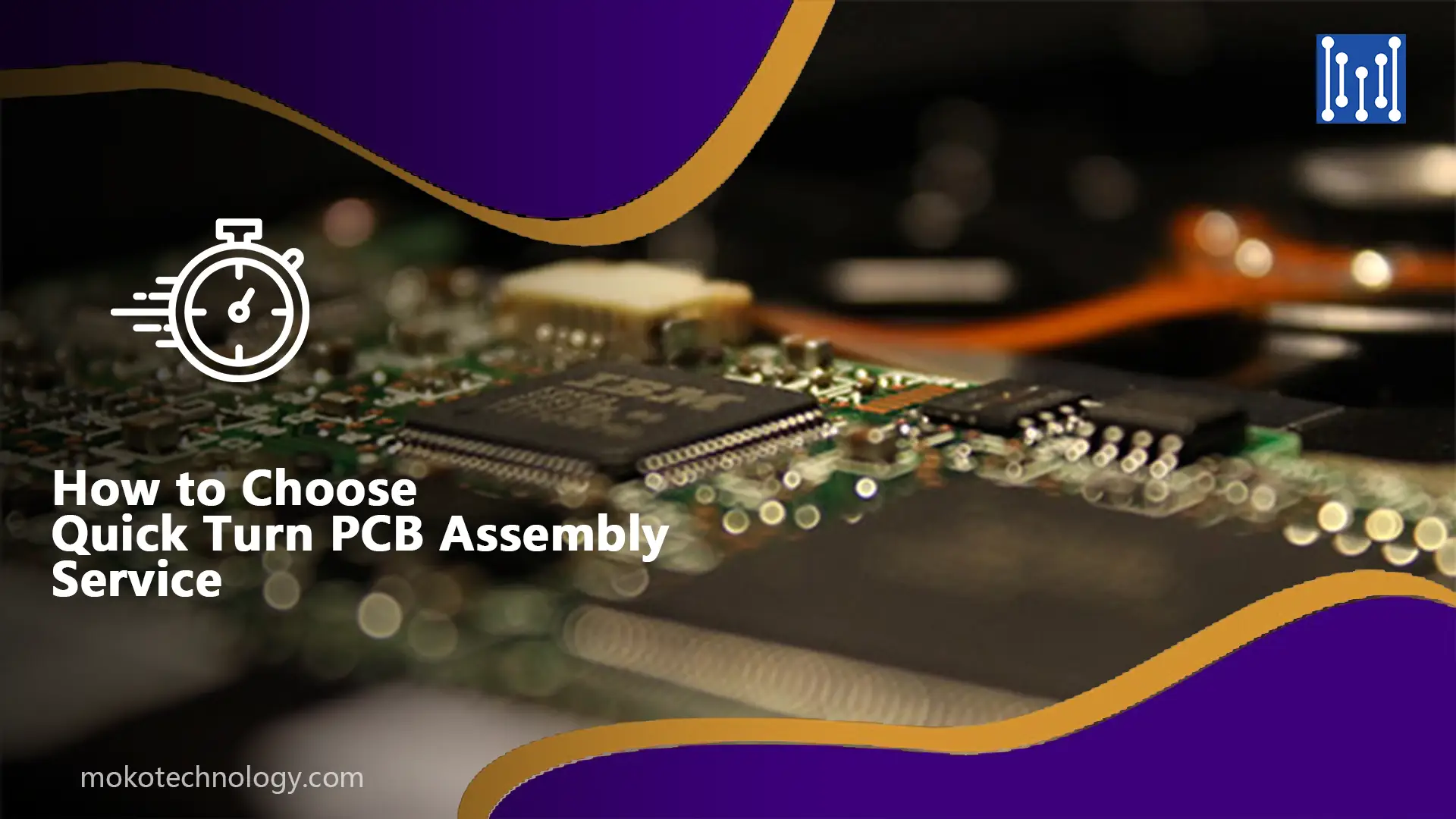- For a commercially fabricated PCB, minimum space between traces and board edge may be 0.5mm.
- The minimum space is 1mm if the board uses v-grooves; or around mouse-bites.
Remark: However, components shouldn’t be this close in practice.
Some components (multi-layer chip capacitors, especially) are very sensitive to damage due to flexion. If the PCB singulation process involves any unusual strains, like a bending torque, then the components are likely to be damaged. Because they are close enough to experience the stress.
Any PCB with components close to the edge will probably need to be panelized, since the PCB needs to travel on the handling conveyor down the assembly line.
#PCB Assembly #PCB Design



